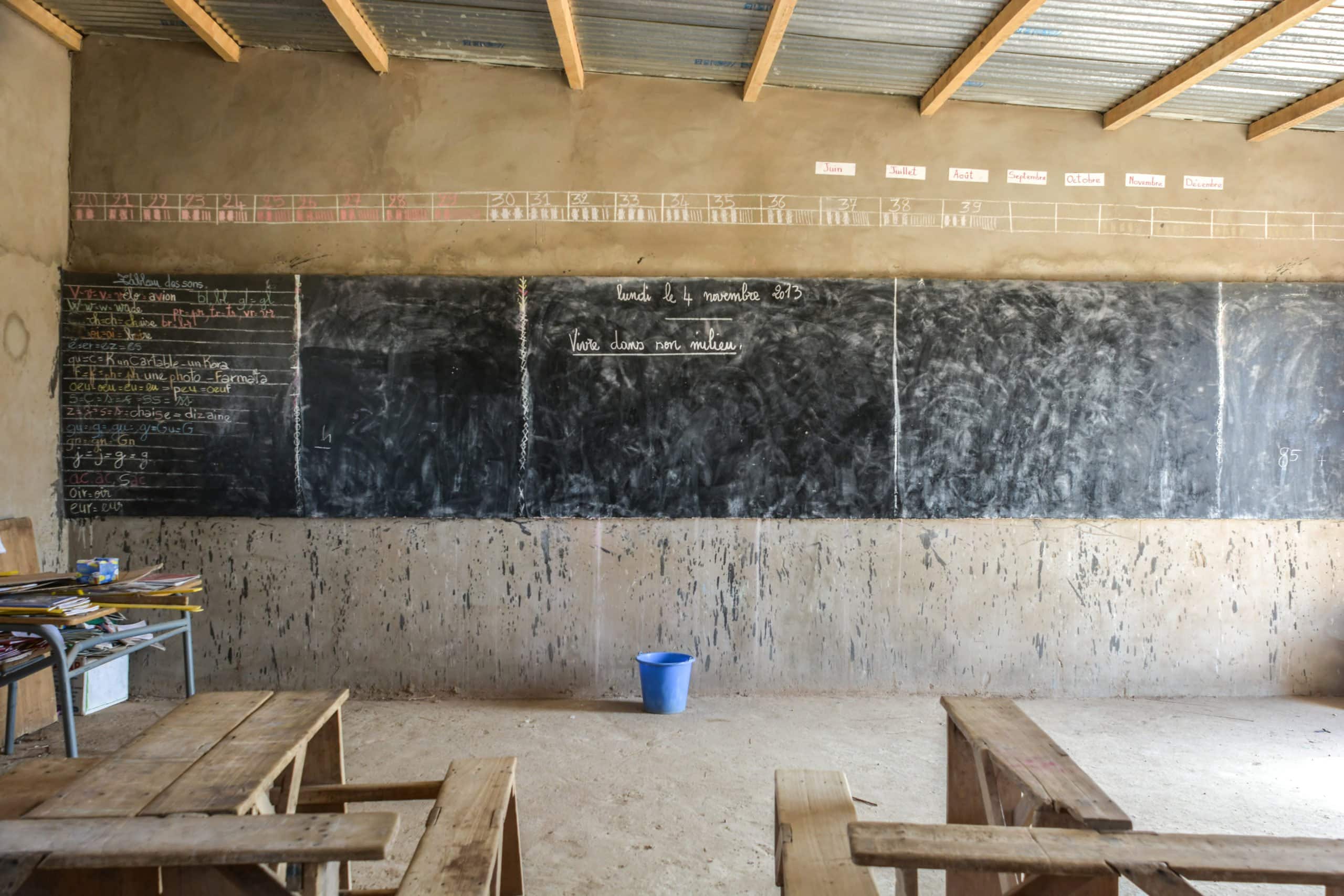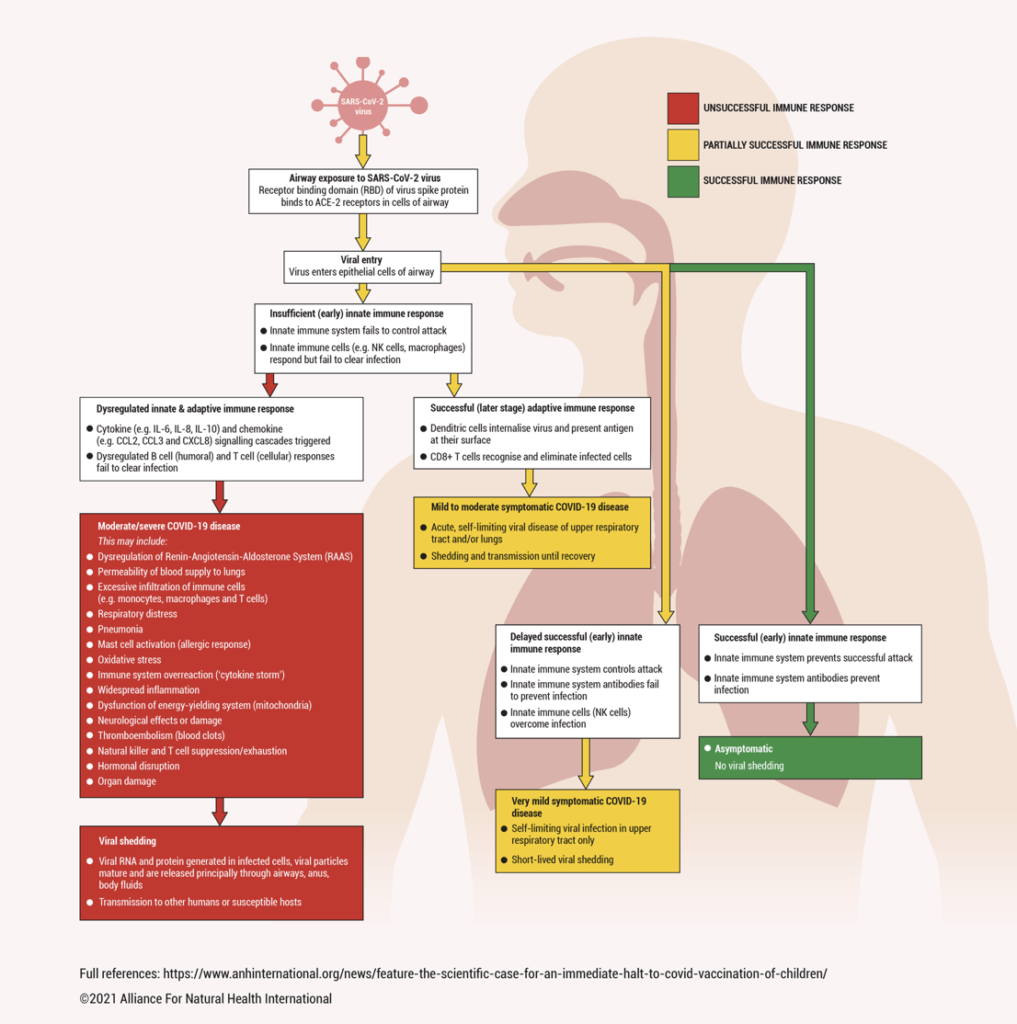
The Miasmic Theory of the cause of disease is an extension of the Humoral Theory originated by Hippocrates and colleagues in Ancient Greece and was the prevailing theory until the 19th century. The Miasmic Theory proposed that infectious diseases like cholera, typhoid, chlamydia, and tuberculosis that plagued people in Europe during the Middle Ages were caused by ‘foul air’ from things like decaying carcasses, rotting vegetation, and moulds and invisible particles from sewers and other unhygienic places.
While Miasmic Theory drew attention to the link between dirty environments and disease, it didn’t stand up to the use of microscopes, Koch’s postulates, or the work of Edward Jenner. This culminated in the first vaccines after he showed that infection with cowpox protected against subsequent infection with smallpox.
Germ Theory, attributed in particular to Louis Pasteur, kicked off the discipline we know today as microbiology. It remains an emerging discipline and is now moving away from seeing microbes in terms of their parasitic, pathogenic, commensal, or mutually beneficial roles. Instead, there’s a drive to see microbes much more as mediators of evolutionary progression.
Viruses are the most abundant ecological entities on Earth and they are essential to life. In fact, we wouldn’t be here without them and each day we’re learning something new. But as we overgeneralize all germs and viruses as ‘bad’, the majority of the public (and even many health professionals) focuses almost exclusively on what we perceive to be a bad pathogen, ignoring the host and other factors.
Over the last two years, we have seen an excessive amount of resources focused on a single approach: experimental gene therapy injections. Not only does this novel technology lack a previous track record of use, it relies on only one aspect of the amazing human immune system, forcing it to respond to only one component of a complicated pathogen.
This approach ignores the bigger picture and has potentially massive consequences that include the possibility for antibody-dependent enhancement of disease and the erosion of innate immunity, especially in children.
Exploiting Germ Theory for Profit

The pharmaceutical industry has perfected the exploitation of germs, creating a massive amount of products marketed as tools, treatments, and cures for infectious diseases. As it turns out, there is actually surprisingly little robust evidence that points to drugs or vaccines as the main drivers for the decline of infectious diseases. The decline in the prevalence of infectious disease outbreaks and the resulting deaths that happened in the 20th century was, in many cases, due to improved sanitation measures, hygiene, and diets.
While much of the world is focused on jabs, novel antivirals, and other therapeutic tools that are being rushed through development, there’s little or no talk from public health authorities about the two obvious elephants in the room.
Elephant 1: The Terrain
The ‘terrain’ or ‘landscape’ of the individual is what is happening inside each of our unique bodies. This includes the condition of our metabolic, immunological, neurological, cardiovascular, excretory, musculoskeletal, and other systems. The condition of these systems depends largely on how our genes have interacted with the environments to which we’ve been exposed during our unique lives.
Our individual and unique immune competence is intimately linked to our neurological, endocrine, metabolic, and psychological health, and the interactions between our different pathways and systems. We have each mapped this information into a system of 12 inter-dependent domains that reflect what is called our ‘ecological terrain’.

The 12 domains of the human ‘ecological terrain’ (Source: Alliance for Natural Health International)
Focusing on our individual and unique ecological terrains can help us improve and optimize the function of all of our systems across these domains. This approach helps us move from a disease-centric system of health care that chases down the symptoms of disease, particularly chronic disease, to a system of real health care.
Antoine Béchamp, who died in 1908, was largely ignored by the scientific community. He proposed that the condition of a human being or other organism, including the presence of beneficial microorganisms, was more important to that organism’s health than any potential infectious agent. This was in direct opposition to the science of Pasteur that led to Germ Theory.
Outcomes vary greatly by terrain
When it comes to the infectious disease of our current era, we see that people with deficits in one or more of their systems are most negatively affected. There are four possible outcomes after exposure to SARS-CoV-2, these being dependent on how the different parts of our unique immune systems respond.
The best possible outcome is that the virus doesn’t get a foot in the door, it is bounced out at the mucosal barrier of our airways before any significant viral replication happens. We can enhance our defenses in hopes of experiencing this first outcome, but we don’t often hear about those tools from public health authorities or the media.

The next outcomes include mild, moderate, or severe infection, caused by different levels of failure of the innate and then adaptive sides of the immune system. Innate immunity that is initiated immediately following infection is crucial if we want to stop the virus from docking with our ACE-2 receptors and hijacking the replication machinery of our cells in the airway and lungs and going on to make us ill.
Effectively trained innate immunity following a naturally-acquired infection has been found to be one of the key reasons that children have generally been less susceptible to severe disease caused by SARS-CoV-2 infection than adults.
If the innate immune system fails to stop a full-scale infection, that’s when things can get rocky and when you’re thrust into the hands of your adaptive immune system, which is where our B-cells and T-cells come into play.
Adaptive immunity isn’t a quick process and it isn’t foolproof. Specialized ‘adaptive’ cells like killer T lymphocytes can take six or so days to learn how to tackle the infected cells. By that time, infected cells may be distributed throughout the entire body. Unfortunately, this late-developing adaptive immunity can sometimes overreact, leading to hyper-inflammation and cytokine storm which can actually cause death.
A successful immune response is dependent on a healthy terrain.
Covid-19: A Highly Stratified Disease

We’ve learned a lot since SARS-CoV-2 first appeared, including the reality of the stratification of Covid-19 which identifies high, medium, and low-risk groups. It is through this process that we can see which groups are in the greatest need of prevention and early treatment.
The patterns that have emerged have been consistent: people who suffer moderate to severe or life-threatening disease as a result of SARS-CoV-2 infection, tend to fall into distinct groups. They are more likely to be over the age of 65 and male, they often have darker skin tones and/or live where they aren’t exposed to enough sunshine, they tend to have underlying conditions, and many are immune-compromised in one way or another.
By contrast, people who tend to bounce back quickly following infection don’t have those conditions. The multiple systems that comprise their physiological, metabolic, and psychological terrain are highly or fully functional. They have what we call excellent resilience; an ability to bounce back quickly from the challenge of SARS-CoV-2 regardless of variant.
Public health authorities could do a lot to help people build their resilience by helping them understand their natural power and that modifiable factors to improve healthy outcomes are well within their control. Instead, we have been advised to pin our hopes on a growing collection of newly patented and experimental injections and treatments that were created in a short time. This is despite us knowing it takes years to properly understand the full impacts of these on our long-term health.
Elephant 2: The Environment

The different environments in which we live are completely unique to each and every one of us and they change, sometimes quite dramatically, over a lifetime. Our individual environmental exposures create unique imprints on our genes, switching them on or off and causing some to over or under express the proteins and instructions they issue to our bodies.
Healthy people that live in healthy environments and who don’t consistently expose themselves to many toxins, tend to do remarkably well when confronted with this new pathogen. But even those of us who haven’t been so lucky as to live healthy lifestyles and in healthy places can modify our environments to be more favorable. Unfortunately, these tools are not being promoted by public health authorities or in the media. Instead, the ‘magic bullets’ that have both failed and caused harm, continue to be promoted.
We Have an Opportunity for Self-Empowerment

We can’t wait to be told which elements in our terrain and environment we can modify to experience better health outcomes and resilience. Thankfully, that’s already within our control and we can get back to a place where we know what’s good for us. Our health and resilience are controlled by a range of things that many of us can modify if we have the right guidance and support.
These include things like the quality of the food we eat, the water and fluids we drink, the air we breathe, the microorganisms we culture within our bodies, the chemicals or products we put on our skin, the social relationships we engage in, the way we move physically, the amount we rest and sleep, the way we use digital technologies, how we respond psychologically and emotionally to the world around us, and so much more.
Regardless of what public health authorities and government powers try to do, these factors are still ours to control. It is time to understand our unique terrains and our unique environments. It is time to put ourselves in the driver’s seat of our own individual health regardless of what plans or magic bullets are being developed by those that seek to profit.
Source – https://worldcouncilforhealth.org/resources/terrain-and-environment/
